Nationality French Role Painter | Name Francoise Gilot Known for Painting | |
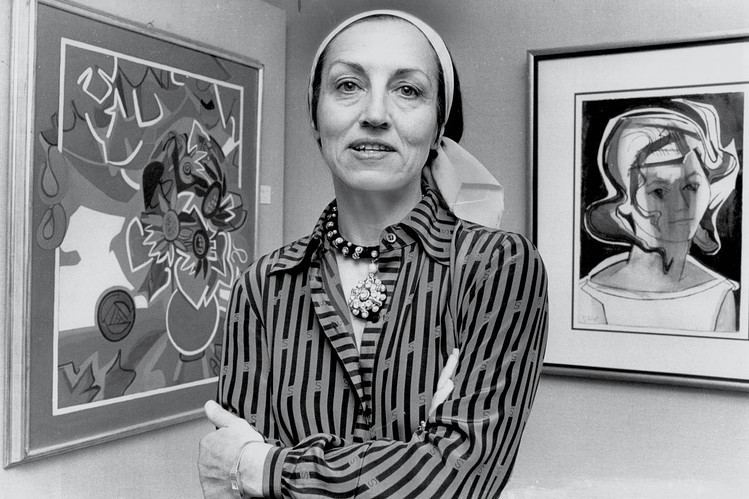 | ||
Full Name Marie Francoise Gilot Children Paloma Picasso, Claude Pierre Pablo Picasso, Aurelia Simon Artwork French Window in Blue, Red and Gold Books Life with Picasso, Matisse and Picasso, About Women: Conversa, The Gods of Greece, Leben mit Picasso Similar People | ||
Education University of Cambridge | ||
Fran oise gilot interview 1998
Françoise Gilot (born 26 November 1921) is a French painter, critic, and bestselling author. In 1973 Gilot was appointed as the Art Director of the scholarly journal Virginia Woolf Quarterly. In 1976 she was made a member of the board of the Department of Fine Arts at the University of Southern California. She held summer courses there and took on organizational responsibilities until 1983. Throughout the 1980s and 1990s she designed costumes, stage sets, and masks for productions at the Guggenheim in New York.[1] She was awarded a Chevalier de la Légion d’Honneur, in 1990.[2]
Contents
- Fran oise gilot interview 1998
- Tateshots fran oise gilot on matisse
- Early life
- School
- Picasso
- Gilots work
- Later life
- Books
- References
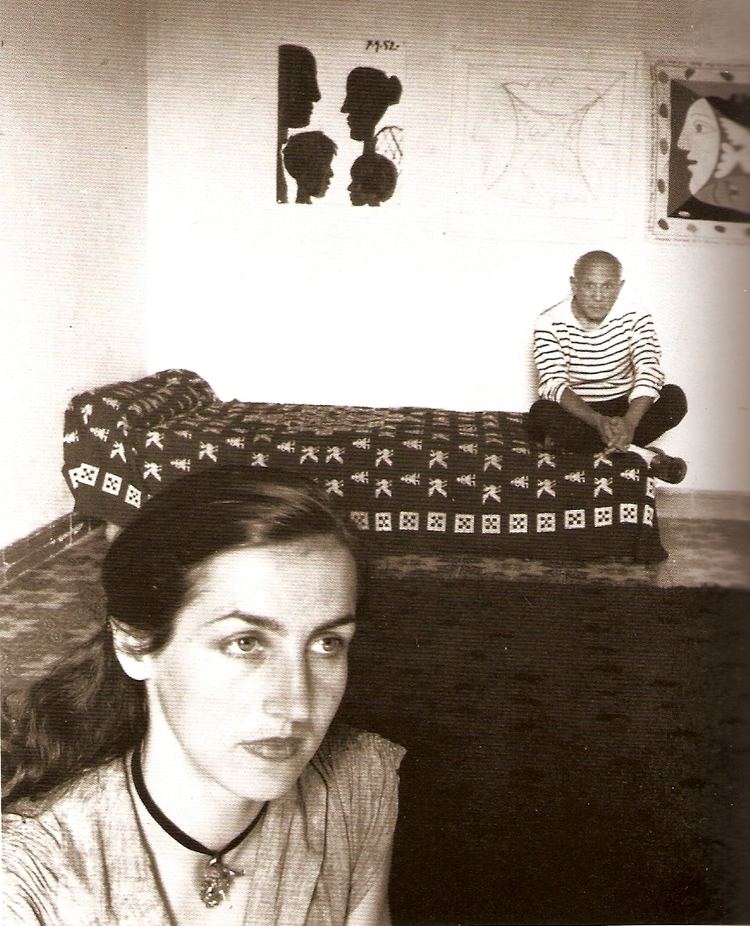
She is also known as the lover and artistic muse of Pablo Picasso from 1943 to 1953, and the mother of his children, Claude and Paloma. She later married the American vaccine pioneer Jonas Salk.
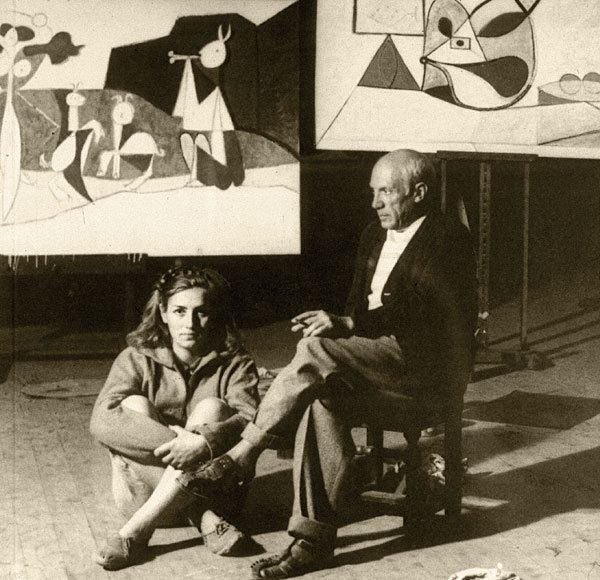
Tateshots fran oise gilot on matisse
Early life

Gilot was born in Neuilly-sur-Seine, France, to Emile and Madeleine Renoult-Gilot. Her father was a businessman and agronomist, and her mother was a watercolor artist. Her father was a strict man. Gilot began writing with her left hand as a young child, but at the age of four her father forced her to write with her right hand. As a result, Gilot became ambidextrous. She decided at the age of five to become a painter. The following year her mother tutored her in art, beginning with watercolors and India Ink. Gilot was then taught by her mother's art teacher, Mlle. Meuge, for six years. She studied English literature at Cambridge University and the British Institute in Paris (now University of London Institute in Paris). While training to be a lawyer, Gilot was known to skip morning law classes to pursue her true passion: art. She graduated from the Sorbonne with a B.A. in Philosophy in 1938 and from Cambridge University with a degree in English in 1939. Gilot had her first exhibition of paintings in Paris in 1943.
School
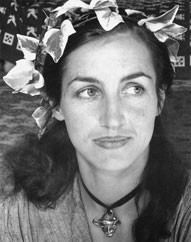
Francoise's father was a well-educated man who worked as a chemical manufacturer and agronomist, and he wanted his daughter to be just as educated as he. Emile oversaw his daughter's education very closely. Gilot was tutored at home beginning at a young age. By the time Gilot was six years old she had a good knowledge of Greek mythology, and by the age of fourteen she was reading books by Edgar Allan Poe, Charles Baudelaire, and Alfred Jarry. While Gilot's father had hoped she would go to school to become a scientist or lawyer, she was frequenting museums in Europe to understand and gain an appreciation for the masters. When Gilot was seventeen she attended the Sorbonne and the British Institute in Paris and had a baccalaureate degree in Philosophy. She received her English Literature degree from Cambridge University. During 1939 Gilot's father still wanted her to complete a degree in international law, and out of fear that Paris would be bombed during the war, Gilot was sent to Rennes, France, to begin law school. At the age of 19 she abandoned her studies in law to devote her life to art. She was mentored by the artist Endre Rozsda. In 1942 after abandoning law several times and returning on the insistence by her father, Gilot studied law for a second year and passed her written exams but failed her orals.
Picasso
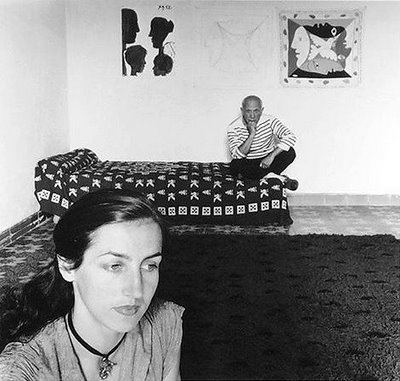
At 21, Gilot met Pablo Picasso, then 61. Picasso first saw Gilot in a restaurant in the spring of 1943. His mistress, Dora Maar, was devastated to learn that Picasso was replacing her with the much younger artist. After Picasso's and Gilot's meeting she moved in with him in 1946. They spent almost ten years together where those years revolved around art. He painted La femme-fleur when his old friend Matisse, who liked Gilot, announced that he will create a portrait of her, where her body will be pale blue and her hair leaf green.
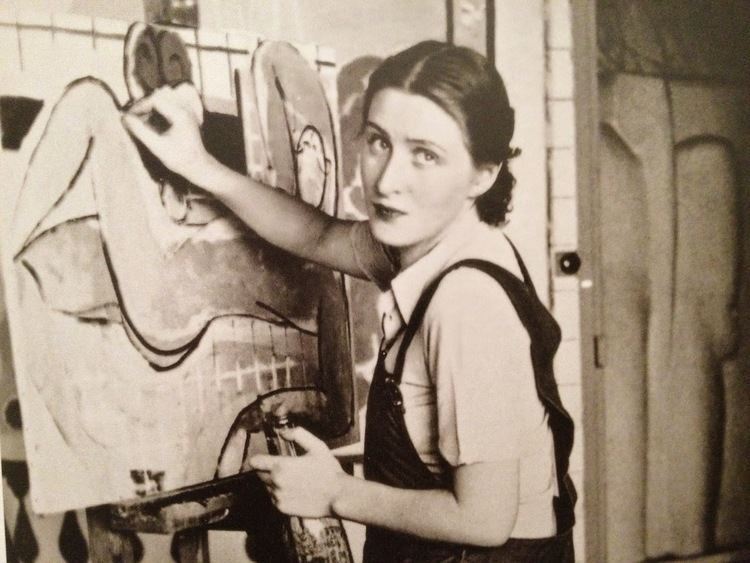
It was believed by some art historians that Gilot's relationship with Picasso is what cut short her artistic career. When Gilot left Picasso, he told all art dealers he knew not to purchase her art. Picasso and Gilot never married, but they did have two children together because he promised to love and care for their children. Their son, Claude, was born in 1947 and their daughter, Paloma, was born in 1949. During their ten years together Gilot was often harassed on the streets of Paris by Picasso's legal wife, Olga Khokhlova, a former Russian ballet dancer. As well, Picasso himself physically abused her. Eleven years after their separation, 1964, Gilot wrote Life with Picasso (with the art critic Carlton Lake), a book that sold over one million copies in dozens of languages, despite an unsuccessful legal challenge from Picasso attempting to stop its publication. From then on, Picasso refused to see Claude or Paloma ever again. All the profits from the book were used to help Claude and Paloma mount a case to become Picasso's legal heirs.
Gilot's work
Françoise Gilot was introduced to art at a young age by her mother and grandmother. Her grandmother had held a party when Françoise was about five years old. A certain man caught Gilot's eye as being interesting, and she asked her grandmother who the man was. He turned out to be a painter, Emile Mairet. Gilot's father became close friends with the painter, and Françoise would often tag along to visit his studio. At age six Françoise's mother began teaching her art with the exception of drawing. Her mother believed artists become too dependent on erasers and instead taught Françoise in watercolor and India ink. If she made a mistake she would have to make it intentional to her work. By the age of thirteen she began to study with Mlle Meuge, which continued for six years. At the age of fourteen she was introduced to ceramics, and a year later she studied with the Post-Impressionist painter Jacques Beurdeley. At the age of 21 she met Picasso. Although Picasso had influenced Françoise Gilot's work as a cubist painter, she developed her own style. She avoided the sharp edges and angular forms that Picasso sometimes used. Instead, she used organic figures. During the war, Gilot's father attempted to save the most valuable household belongings by moving them, but the truck was bombed by the Germans, leading to the loss of Gilot's drawings and watercolors.
Later life
Gilot married the artist Luc Simon in 1955. The couple divorced in 1962. They had a daughter, Aurelia.
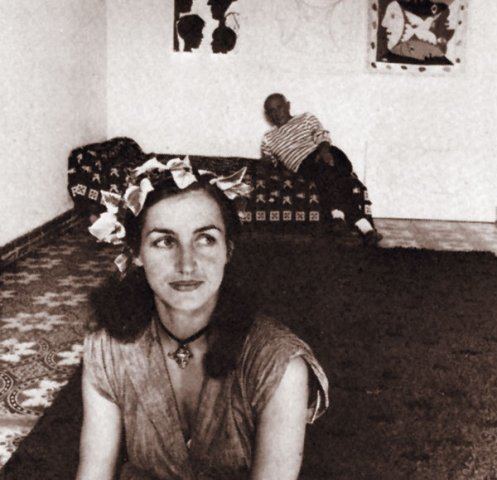
In 1969, Gilot was introduced to Jonas Salk, the polio vaccine pioneer, at the home of mutual friends in La Jolla, California. Their shared appreciation of architecture led to a brief courtship and they were married in 1970 in Paris. They remained married until Salk's death in 1995. During her marriage, she continued painting in New York, La Jolla, and Paris.
As of April 2002, Gilot lives in New York City and Paris, working on behalf of the Salk Institute in California, and continues to exhibit her work internationally. She exhibited as recently as May 2012 at the Gagosian Gallery in New York City , and the Vincent Mann Gallery in May 2011 & 2015, in New Orleans.
